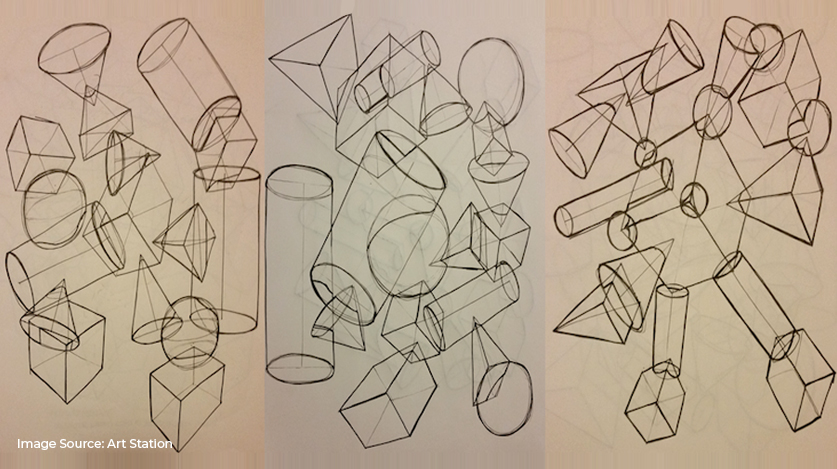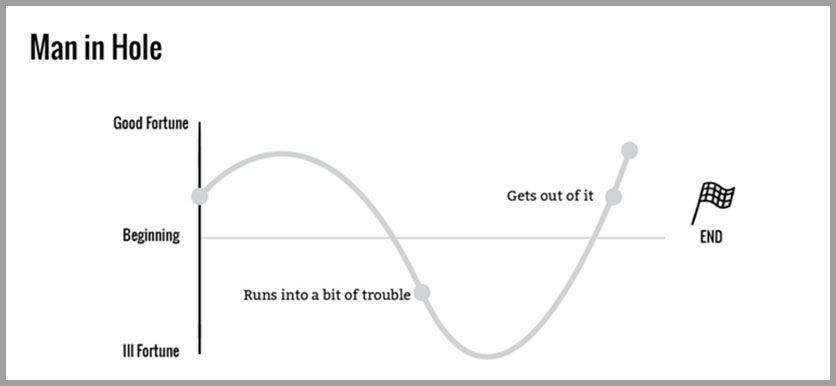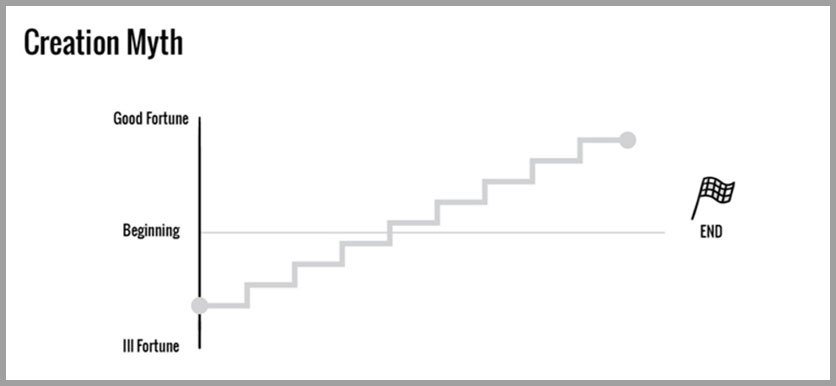
What really goes into crafting a narrative? Is it just art, words, or creativity, or is there some science to it?
From Pixar’s rules of storytelling to Paul Smith’s “Lead with a story”, there are many fascinating explanations. The essence is that while stories could be endless, there are commonly understood and repeated structures that are the bedrock of stories.
Master storyteller Kurt Vonnegut, in his largely forgotten academic thesis, created a universal shape of a story where the main character has ups and downs that can be graphed to reveal the taxonomy of a story and something about the culture it comes from.
He identified quite a few of these shapes of stories and gave them interesting names as well, from “Man in Hole” to “Creation Myth” and “Which Way is Up” to “Cinderella” and “From Bad to Worse” and more.
The basic premise was simple. What if the journey of the main character in the story could be graphed over time? The x-axis represents time, as it always does, and the y-axis represents the main character’s fortune. Just this understanding can give rise to multiple story arcs or plot structures. And some of these are quite relevant today to the stories we tell in business.
Let’s take two of these – ‘Man in Hole’ and ‘Creation Myth’.


In the ‘Man in Hole’ structure, the character starts from the point of good fortune, falls into a metaphorical hole, and emerges out of it as the resolution of the story.
On the other hand, in the ‘Creation Myth’ structure, the main character’s fortune starts from a low point. And then, step by incremental step, the character improves their fortune and emerges into a new world of good fortune altogether.
Where’s the application of these structures?
Well, first of all, deconstructing the structures, what is clear is that stories have essentials:
In many of the real-life communications we engage in business—our startup strategy, our annual business plan, our project update—we may/may not be comfortable telling individual stories. But story structure is definitely something that can help sharpen our conversation and build a clear narrative.
For example, say we are solving the unemployment problem. It’s the classic ‘Man in Hole’ structure where the problem is well-known. However, people may not yet believe in a new solution. Now, say we are solving it for a specific segment of people (our chosen character: women who may not have college degrees) with a particular solution (our solution: micro-entrepreneurship skilling) that solves our character’s conflict (lack of availability of post-degree jobs). Then, highlighting the character, their specific conflict and our unique solution of the story becomes more critical for our story to land/connect with our audience.
On the other hand, imagine speeches by world leaders such as Martin Luther King’s freedom speech or Steve Jobs’s iconic iPhone introduction speech. The structure of these speeches aligns with the creation myth story shape where these leaders first paint a clear picture of the world that is, with all of its problems, be it lack of freedom or lack of smartphones and then show a vivid vision of the world that could be, a world that they, the visionaries have seen – a world of freedom, and of iPhones respectively. And we believe that they are the ones who can take us to this beautiful world.
In these cases, people may still need to be made aware of the problem itself or its urgency. Hence, aligning people with that vision is vital before discussing a solution or conflict. Could climate change fall into this category? Or breakthrough new innovations? You tell me.
Maybe choosing the right shape for our stories, coupled with real insights from data, as you mentioned, could help us emerge as better storytellers.